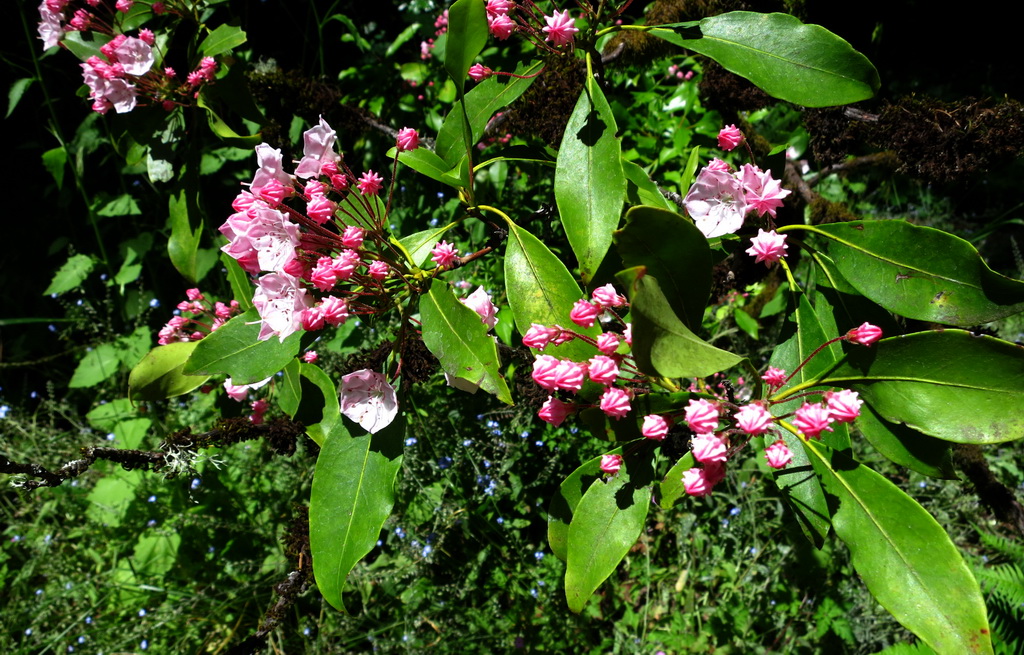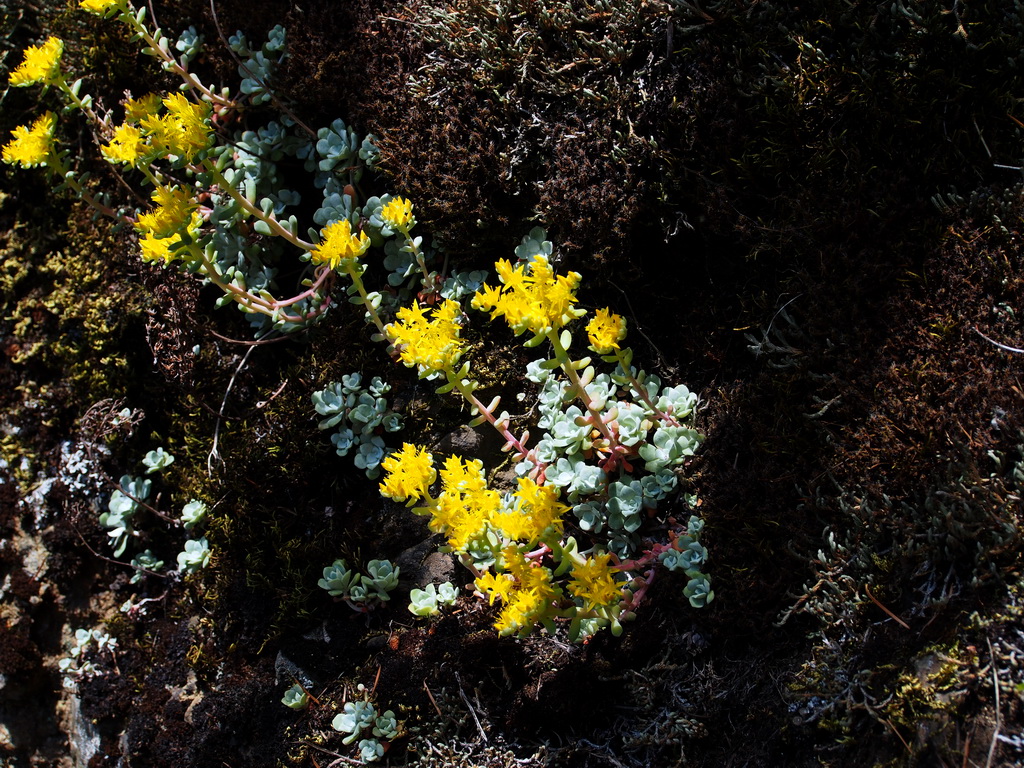Well here's a short story about my lucky day! I did find something really interesting, but the only thing I kept was the photo and the satisfaction of finding it!
We were not looking for dollar bills a few days ago when taking a walk at the Cooper Mountain Nature Park. We like the trails there because of the views, its varied ecosystem, the abundant flora, and there are several good hills to climb.
As we walk in these nature parks, I keep my eyes peeled for any new and interesting blooms. Of course I bring a camera along as well, just in case something interesting pops up.
About a half mile into our first loop around the park we came across a strange looking Larkspur-like plant just a bit off the trail. The odd thing about it was that the flowers were mainly white rather than blue, but with a small blue spot in the center. So I snapped a few pics with my S100 which does not do well with macro.
We continued on our walk and noticed many other familiar flowers, such as Ocean Spray, Bachelor Button, Grass Pink, and others which I have posted about last year.
After we got home I looked in a few flower books for the mysterious white larkspur, but found nothing. I was starting to think it might be a cultivar that escaped from a nearby garden. Thanks to the internet, I was able to get a hit that allowed me to ID it as White Rock Larkspur (Delphinium leucophaeum), which is one of 29 plants on Oregon's Endangered plant list! According to that list, this larkspur is found in only 20 remaining places in the northern Willamette valley. Wow, that's a find even better than a dollar bill!
The plant is shorter than most larkspurs, at about 18 in. Each flower was about 1.5 in. across, and I think we identified three separate plants in the small cluster. It was a windy day, so the photos are not the best, but I may return in a few days to check up on them and recapture.
To celebrate this special event, I broke out some of my good craft brew to savor with dinner. A toast followed: "To the endangered, that they may someday be de-listed!"
 |
| Note the green spots on each petal. |
Links:
White Rock Larkspur ODA ListingEndangered List from ODA













































